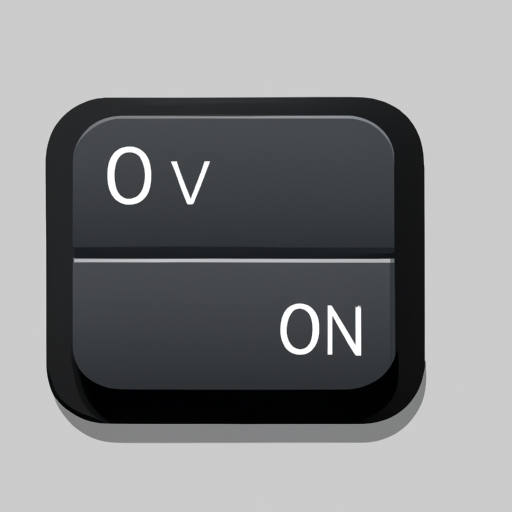products
- Capacitor Networks, Arrays(1800)
- Aluminum Electrolytic Capacitors(112900)
- Tantalum Capacitors(89916)
- Ceramic Capacitors(717275)
- Electric Double Layer Capacitors (EDLC), Supercapacitors(1954)
- Film Capacitors(93027)
- Accessories(259)
- Mica and PTFE Capacitors(9079)
- Trimmers, Variable Capacitors(2222)
- Thin Film Capacitors(3460)








